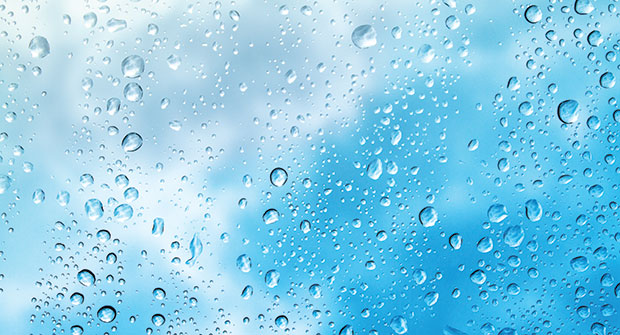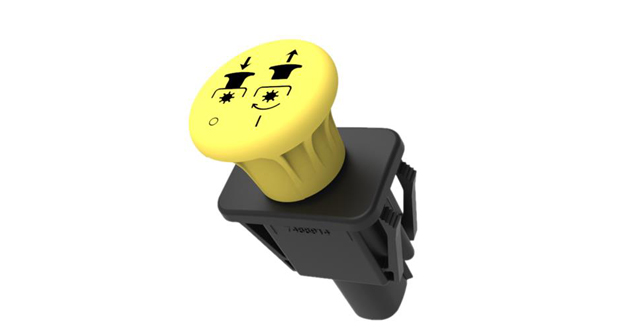In the world of landscape irrigation, attention often turns to sprinkler heads, smart controllers and water conservation technologies. Yet, beneath the surface — literally and figuratively — lies a critical component that doesn’t always get the spotlight: wiring.
Wiring forms the communication backbone of any irrigation system. It connects controllers to valves, sensors to processors and the entire infrastructure to the precise timing and control that today’s efficient systems demand. But when wiring is improperly selected, installed or maintained, even the best-designed systems can suffer from costly performance issues. Fortunately, a proactive approach can change that.
Start with smart design
Every successful irrigation system begins with thoughtful planning, and wiring should be a key part of that plan from day one. This includes evaluating site conditions such as soil type, moisture levels, topography and exposure to UV radiation or foot traffic. These variables affect not only where wiring should run, but what kind of protection it needs.
A few simple design strategies go a long way. Avoid sharp bends or unnecessary splices and ensure routes minimize exposure to hazards like roots, machinery or water pooling. When planning expansion zones or smart tech integration, build in flexibility and extra capacity so the system can grow without rewiring.
Installation: Do it right the first time
Proper installation is perhaps the most important step in ensuring long-term reliability. In many cases, wiring problems don’t stem from the wire itself but from how it was installed.
Best practices include:
- Clean, dry connections. Always make connections in dry conditions when possible and use reliable waterproofing techniques.
- Consistent depth. Maintain a consistent burial depth appropriate for the site to protect against weathering and incidental damage.
- Avoid unnecessary joins. Every splice is a potential failure point. Minimize them, and when unavoidable, ensure they’re well-protected.
- Labeling and documentation. Future troubleshooting becomes far easier when wires are clearly labeled and as-built drawings are kept up to date.
Paying attention to these details may take more time upfront, but it pays off in fewer service calls and happier clients.
Environment matters
Outdoor wiring lives in a tough world. It’s subject to heat, cold, moisture, UV rays, chemicals, soil shifts and physical damage. Understanding the environment you’re wiring helps guide material selection and installation techniques.
For example, areas prone to heavy rainfall or high humidity require robust waterproofing and possibly additional conduit protection. In desert climates, UV resistance and heat tolerance become priorities. And in high-traffic landscapes, protection from abrasion and compaction is key.
Maintenance That Makes a Difference
Even the best systems need occasional check-ups. A smart maintenance routine includes:
- Visual inspections. Periodically check controller boxes, valve connections and any above-ground exposure for signs of wear or intrusion.
- Electrical testing. A multimeter can quickly identify voltage drops, shorts or breaks before symptoms appear in system performance.
- Seasonal checks. Before peak irrigation seasons, verify all wiring is functional and secure. In freezing climates, ensure that insulation hasn’t degraded over the winter months.
Establishing regular inspections as part of your seasonal service offering helps prevent downtime and builds long-term client trust.
Wiring for sustainability
As water becomes an increasingly precious resource, efficient irrigation is about more than keeping landscapes green — it’s about stewardship. Wiring plays a surprisingly important role in supporting smart, sustainable systems. It enables the integration of sensors, flow meters and remote management technologies that optimize water usage in real time.
Wiring may not be the most visible part of an irrigation system, but its performance touches every part of the operation. By treating it with the same care and strategic thinking given to other components, landscape professionals can ensure greater reliability and more efficient water use across every project.


